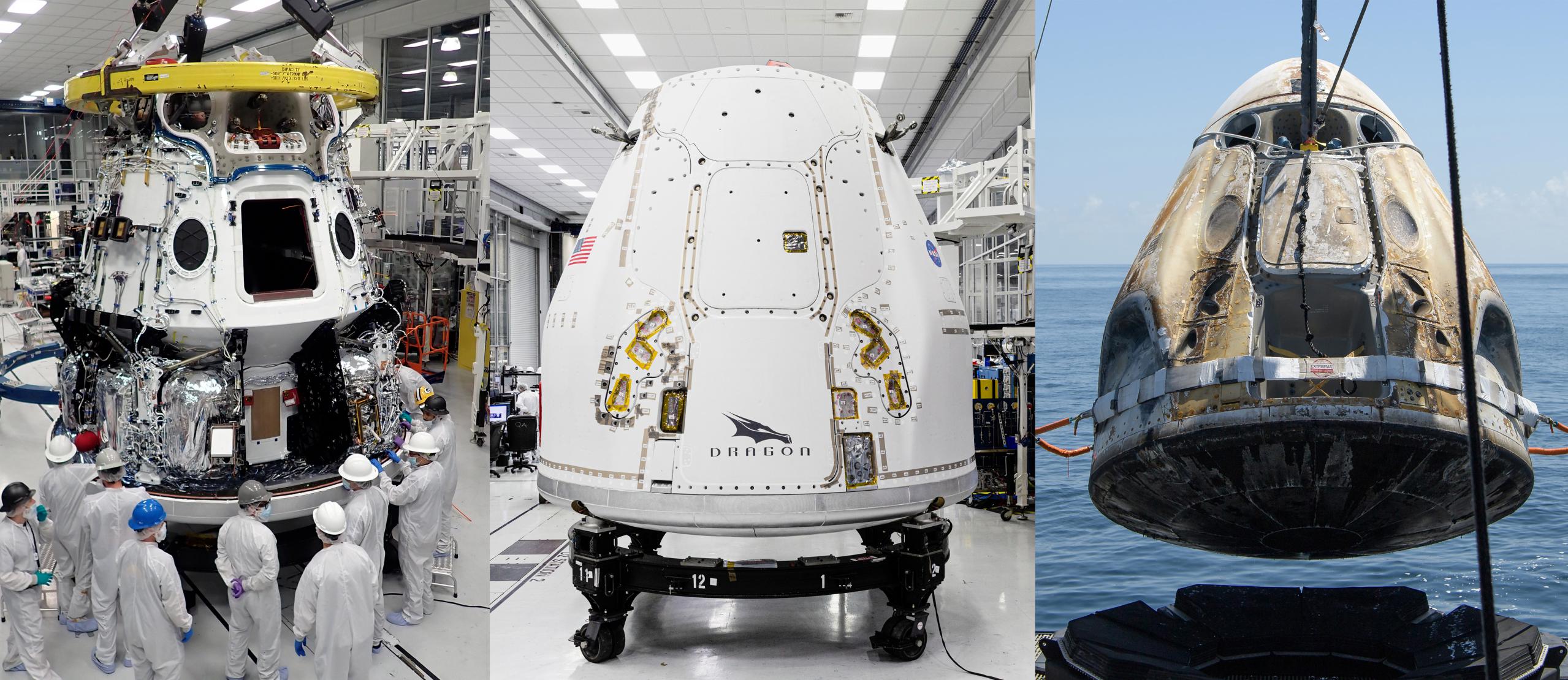
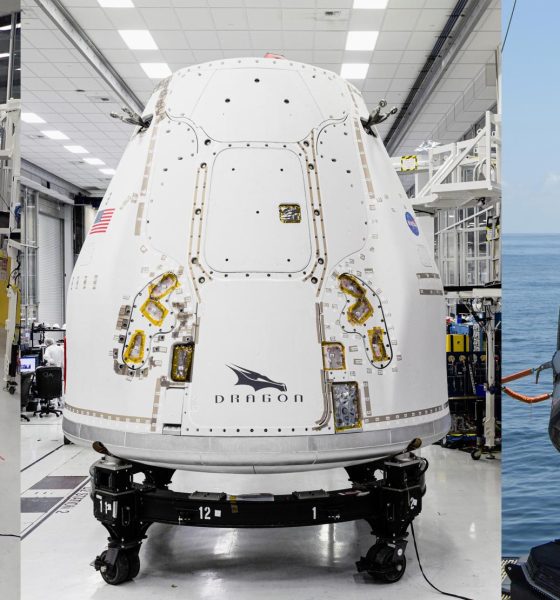
News
SpaceX’s plans for a reusable Dragon spacecraft fleet detailed by Gwynne Shotwell
President and COO Gwynne Shotwell says that SpaceX is simultaneously building a fleet of reusable, orbital Dragon spacecraft designed to support a range of NASA and commercial astronaut and cargo launches over the next 5-10 years.
Speaking shortly after SpaceX’s successful November 15th operational astronaut launch debut, also known as Crew-1, Shotwell revealed that the company is already in the process of building several more Crew and upgraded Cargo Dragon spacecraft on top of the vehicles already in the late stages of preparing for their first or second flights.
The comments ultimately confirm an unsurprising reality of the new Dragon 2 spacecraft: thanks to reusability, SpaceX intends to accomplish more than ever before with far fewer vehicles, likely saving a great deal of time and resources over the next 5-10 years.
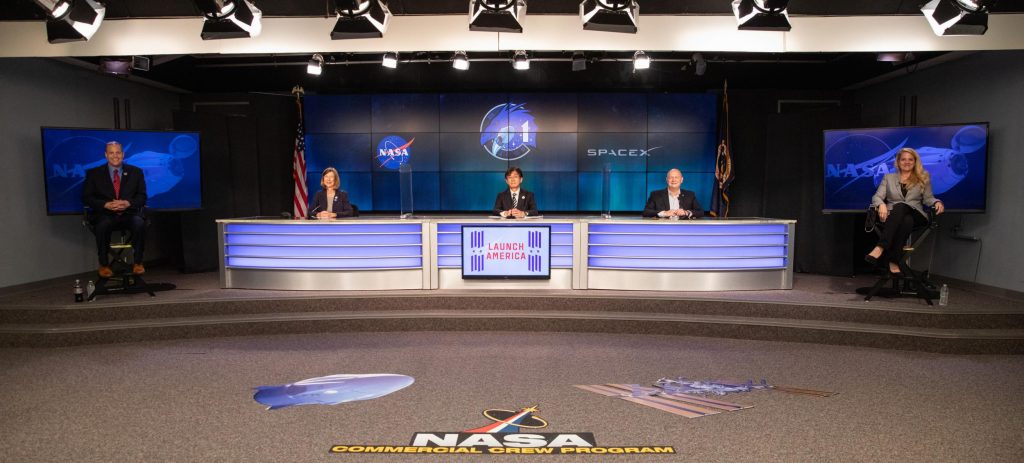
Specifically, Shotwell revealed that SpaceX intends to build three reusable Cargo Dragon 2 capsules, one of which is already completed and in Florida preparing for its December 2nd CRS-21 launch debut. On the crew side of things, SpaceX will build “three more” Crew Dragon capsules on top of the flight-proven Demo-2 and currently orbital Crew-1 capsules. It’s unclear if this means that the new Crew Dragon capsule flown on SpaceX’s January 2020 In-Flight Abort (IFA) test will be refurbished for additional flights.
Excluding IFA Crew Dragon capsule C205, SpaceX thus intends to operate a fleet of at least three Cargo Dragon 2 and five Crew Dragon capsules, representing eight reusable spacecraft each capable of at least five orbital missions.

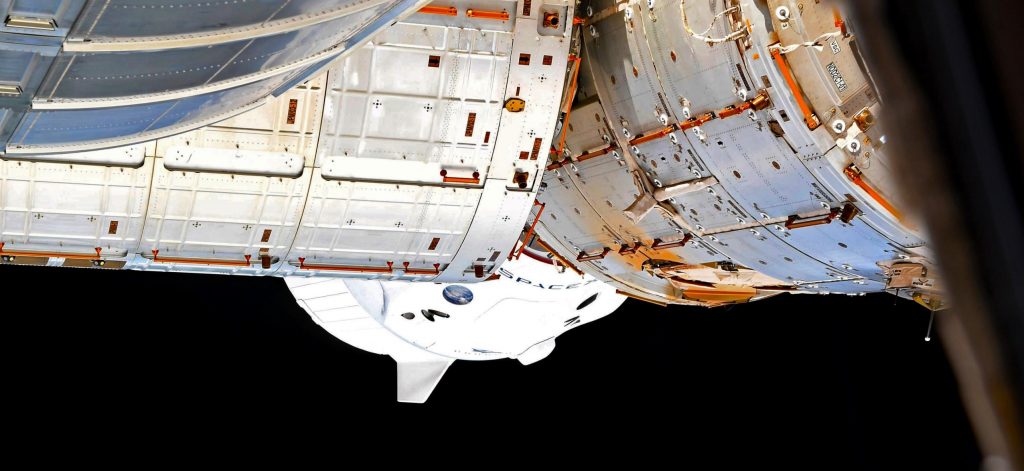
Reiterated by both Shotwell and director Benji Reed, the company has plans for as many as eight or more Dragon missions – including Crew-1, launched on November 15th – between now and February 2022.
“Over the next 15 months, we will fly seven Crew and Cargo Dragon missions for NASA. That means that starting with Crew-1, there will be a continuous presence of SpaceX Dragons on orbit. Starting with the cargo mission CRS-21, every time we launch a Dragon, there will be two Dragons in space – simultaneously – for extended periods of time. Truly, we are returning the United States’ capability for full launch services and we are very, very honored to be a part of that.”
Benji Reed, SpaceX – November 10th, 2020
After mirroring Reed’s seven-flight estimate for the next year or so, Shotwell later added that she had been hedging by adding a fully private Crew Dragon mission recently announced by Axiom Space and scheduled to launch no earlier than (NET) late 2021. She also hinted at the possibility of “some other fun missions which I’ll chat about later.” All told, SpaceX appears to be gearing up for an incredibly busy year and a half of three NASA Crew Dragon missions, four uncrewed Cargo Dragon launches, and even one private astronaut launch.
Indeed, official NASA planning documents confirm plans for eight Crew and Cargo Dragon launches – including Crew-1 – between November 2020 and March 2022. In other words, even excluding the possibility of Axiom’s first private Dragon launch in November or December 2021, SpaceX is already tracking towards an average of one Dragon launch every two months (or less) for the next 16 months.
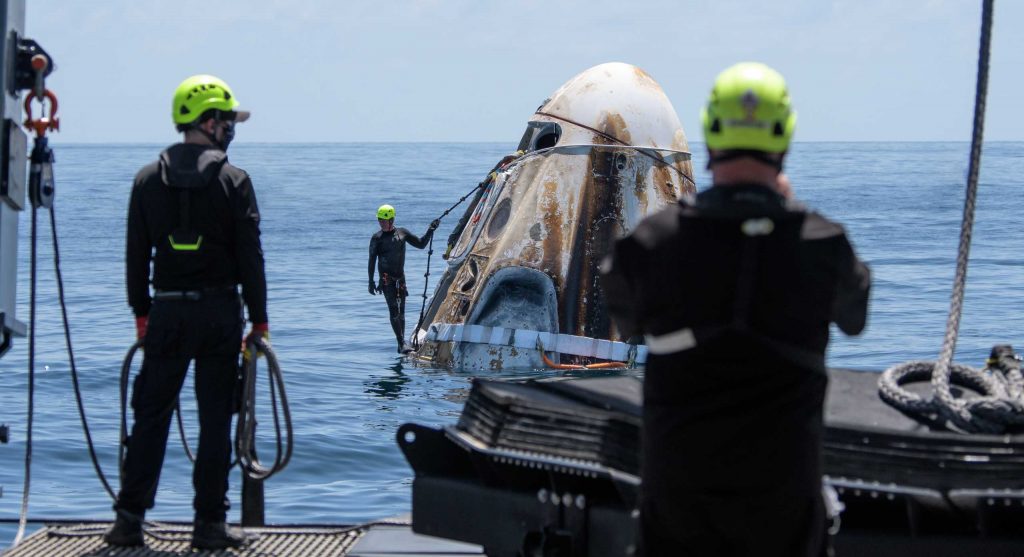
To complete that extremely ambitious manifest, SpaceX and NASA will have to lean more heavily than ever before on Falcon 9 and Dragon reusability, putting to the test whether upgraded Dragon 2 capsules are dramatically more reusable than their Dragon 1 predecessors. For reference, SpaceX’s Dragon 1 capsule turnaround record was just shy of 15 months between orbital launches. To complete five CRS2 cargo launches and three or four Crew Dragon launches in 16 months, SpaceX will have to break its orbital spacecraft turnaround record at least twice, if not three or four times.
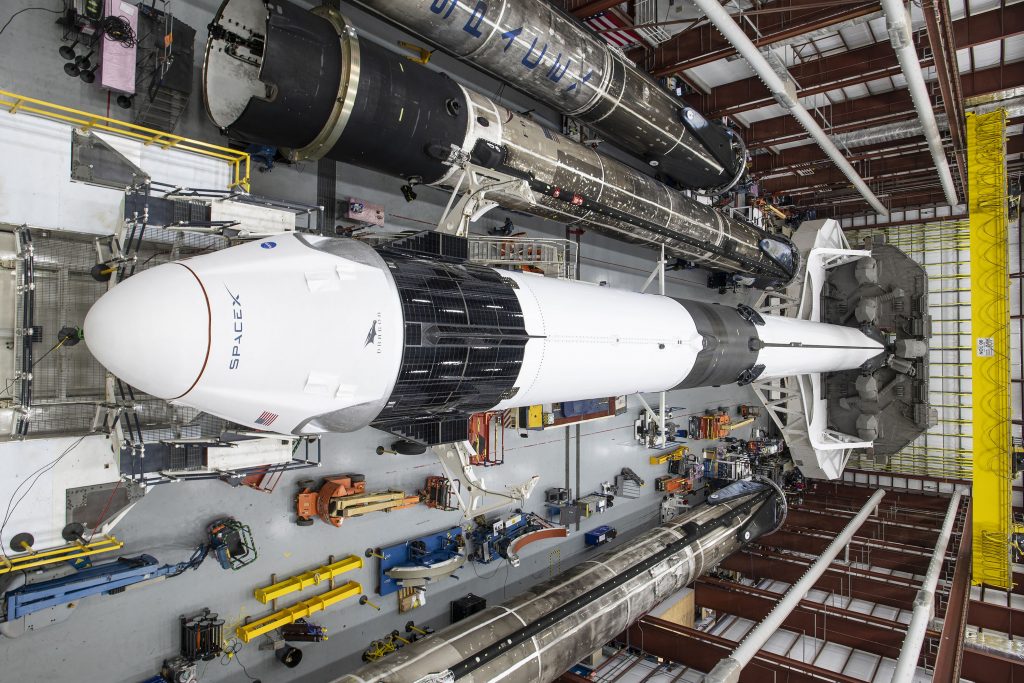
SpaceX’s next NASA astronaut launch (Crew-2) is already scheduled to crush that Dragon reuse record by as many as five months (~33%) when it launches in March 2021 – marking Demo-2 capsule C206’s second orbital mission. Meanwhile, Cargo Dragon 2’s CRS-21 launch debut is expected to fly on Falcon 9 booster B1058, making it NASA’s first orbital launch on a twice-flown and thrice-flown booster.

News
Elon Musk’s Grokipedia surges to 5.6M articles, almost 79% of English Wikipedia
The explosive growth marks a major milestone for the AI-powered online encyclopedia, which was launched by Elon Musk’s xAI just months ago.

Elon Musk’s Grokipedia has grown to an impressive 5,615,201 articles as of today, closing in on 79% of the English Wikipedia’s current total of 7,119,376 articles.
The explosive growth marks a major milestone for the AI-powered online encyclopedia, which was launched by Elon Musk’s xAI just months ago. Needless to say, it would only be a matter of time before Grokipedia exceeds English Wikipedia in sheer volume.
Grokipedia’s rapid growth
xAI’s vision for Grokipedia emphasizes neutrality, while Grok’s reasoning capabilities allow for fast drafting and fact-checking. When Elon Musk announced the initiative in late September 2025, he noted that Grokipedia would be an improvement to Wikipedia because it would be designed to avoid bias.
At the time, Musk noted that Grokipedia “is a necessary step towards the xAI goal of understanding the Universe.”
Grokipedia was launched in late October, and while xAI was careful to list it only as Version 0.1 at the time, the online encyclopedia immediately earned praise. Wikipedia co-founder Larry Sanger highlighted the project’s innovative approach, noting how it leverages AI to fill knowledge gaps and enable rapid updates. Netizens also observed how Grokipedia tends to present articles in a more objective manner compared to Wikipedia, which is edited by humans.
Elon Musk’s ambitious plans
With 5,615,201 total articles, Grokipedia has now grown to almost 79% of English Wikipedia’s article base. This is incredibly quick, though Grokipedia remains text-only for now. xAI, for its part, has now updated the online encyclopedia’s iteration to v0.2.
Elon Musk has shared bold ideas for Grokipedia, including sending a record of the entire knowledge base to space as part of xAI’s mission to preserve and expand human understanding. At some point, Musk stated that Grokipedia will be renamed to Encyclopedia Galactica, and it will be sent to the cosmos.
“When Grokipedia is good enough (long way to go), we will change the name to Encyclopedia Galactica. It will be an open source distillation of all knowledge, including audio, images and video. Join xAI to help build the sci-fi version of the Library of Alexandria!” Musk wrote, adding in a later post that “Copies will be etched in stone and sent to the Moon, Mars and beyond. This time, it will not be lost.”
News
Tesla Model 3 becomes Netherlands’ best-selling used EV in 2025
More than one in ten second-hand electric cars sold in the country last year was a Tesla Model 3.

The Tesla Model 3 became the most popular used electric car in the Netherlands in 2025, cementing its dominance well beyond the country’s new-car market.
After years at the top of Dutch EV sales charts, the Model 3 now leads the country’s second-hand EV market by a wide margin, as record used-car purchases pushed electric vehicles further into the mainstream.
Model 3 takes a commanding lead
The Netherlands recorded more than 2.1 million used car sales last year, the highest level on record. Of those, roughly 4.8%, or about 102,000 vehicles, were electric. Within that growing segment, the Tesla Model 3 stood far ahead of its competitors.
In 2025 alone, 11,338 used Model 3s changed hands, giving the car an 11.1% share of the country’s entire used EV market. That means more than one in ten second-hand electric cars sold in the country last year was a Tesla Model 3, Auto Week Netherlands reported. The scale of its lead is striking: the gap between the Model 3 and the second-place finisher, the Volkswagen ID3, is more than 6,700 vehicles.
Rivals trail as residual values shape rankings
The Volkswagen ID.3 ranked a distant second, with 4,595 used units sold and a 4.5% market share. Close behind was the Audi e-tron, which placed third with 4,236 registrations. As noted by Auto Week Netherlands, relatively low residual values likely boosted the e-tron’s appeal in the used market, despite its higher original price.
Other strong performers included the Kia Niro, the Tesla Model Y, and the Hyundai Kona, highlighting continued demand for compact and midsize electric vehicles with proven range and reliability. No other model, however, came close to matching the Model 3’s scale or market presence.
News
Tesla Model Y Standard Long Range RWD launches in Europe
The update was announced by Tesla Europe & Middle East in a post on its official social media account on X.

Tesla has expanded the Model Y lineup in Europe with the introduction of the Standard Long Range RWD variant, which offers an impressive 657 km of WLTP range.
The update was announced by Tesla Europe & Middle East in a post on its official social media account on X.
Model Y Standard Long Range RWD Details
Tesla Europe & Middle East highlighted some of the Model Y Standard Long Range RWD’s most notable specs, from its 657 km of WLTP range to its 2,118 liters of cargo volume. More importantly, Tesla also noted that the newly released variant only consumes 12.7 kWh per 100 km, making it the most efficient Model Y to date.
The Model Y Standard provides a lower entry point for consumers who wish to enter the Tesla ecosystem at the lowest possible price. While the Model 3 Standard is still more affordable, some consumers might prefer the Model Y Standard due to its larger size and crossover form factor. The fact that the Model Y Standard is equipped with Tesla’s AI4 computer also makes it ready for FSD’s eventual rollout to the region.
Top Gear’s Model Y Standard review
Top Gear‘s recent review of the Tesla Model Y Standard highlighted some of the vehicle’s most notable features, such as its impressive real-world range, stellar infotainment system, and spacious interior. As per the publication, the Model Y Standard still retains a lot of what makes Tesla’s vehicles well-rounded, even if it’s been equipped with a simplified interior.
Top Gear compared the Model Y Standard to its rivals in the same segment. “The introduction of the Standard trim brings the Model Y in line with the entry price of most of its closest competition. In fact, it’s actually cheaper than a Peugeot e-3008 and costs £5k less than an entry-level Audi Q4 e-tron. It also makes the Ford Mustang Mach-E look a little short with its higher entry price and worse range,” the publication wrote.








